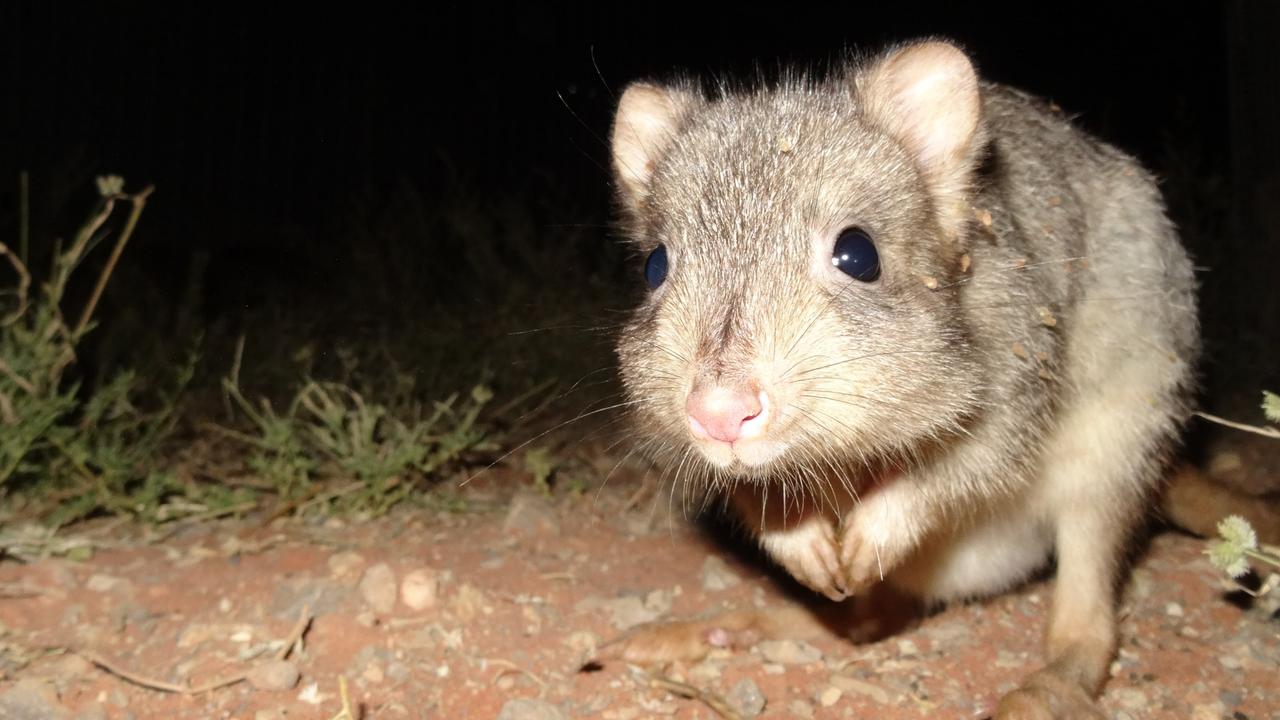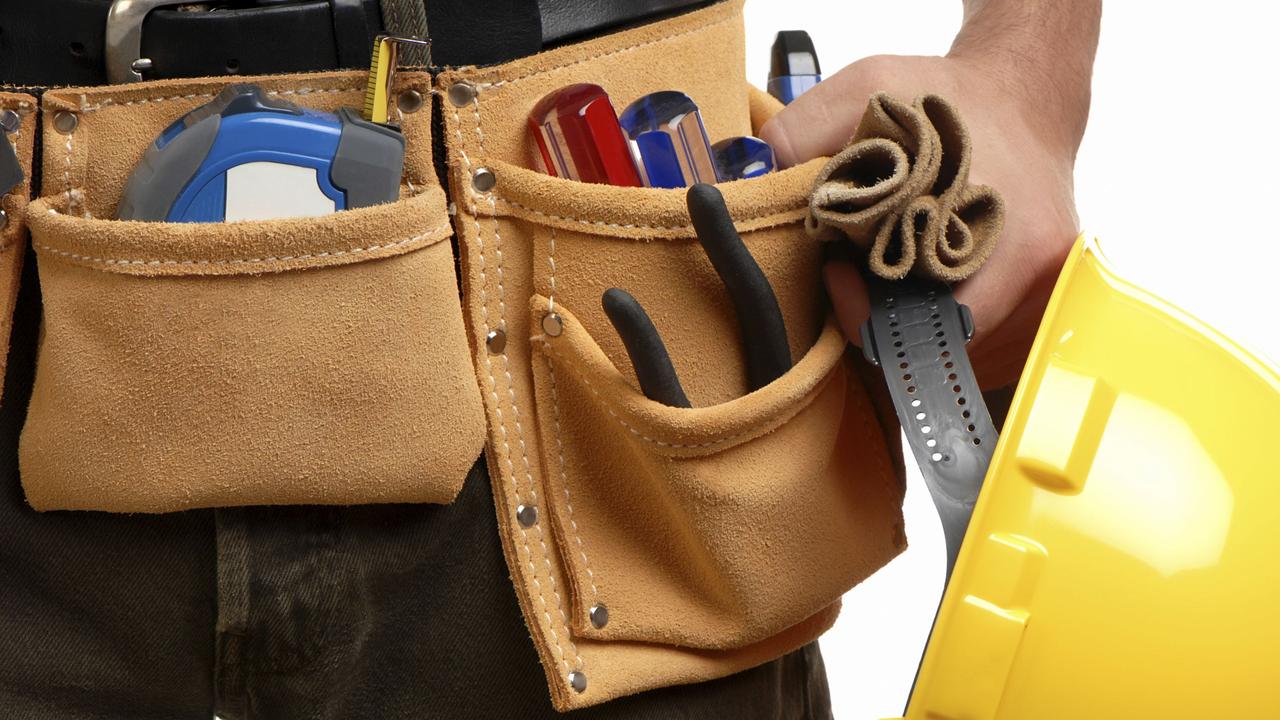SA judge tells Dieter Pfennig’s trial for Louise Bell murder that acquittal of original suspect ‘doesn’t mean he didn’t do it’
THE man originally charged with the abduction and murder of Louise Bell was acquitted but that “doesn’t mean he didn’t do it”, a Supreme Court judge says.

THE man originally charged with the abduction and murder of Louise Bell was acquitted but that “doesn’t mean he didn’t do it”, a Supreme Court judge says.
In its fifth day of evidence, the trial of Dieter Pfennig for the 1983 abduction and murder of Louise, 10, has:
HEARD claims Pfennig told a neighbour “my alibi has been sprung” after answering the door to him, days after the disappearance, while he was supposed to be on a family holiday.
BEEN told Pfennig discussed “disposing of bodies” by “weighting them down” in the Onkaparinga River, making them “literally impossible to find”.
LISTENED to allegations that Pfennig discussed Louise’s disappearance with his high school students in a “quite cool and almost menacing” tone of voice.
WATCHED a 40-minute video depicting seven different methods by which Louise could have been snatched, from her Hackham West bedroom, in just 30 seconds.
And, for the first time during the trial, the name of Raymond John Geesing has been raised.
Geesing was convicted of abducting and murdering Louise, and jailed for 16 months over the crime, in the 1980s before he was acquitted.
Geesing’s name was raised on Friday by Pfennig’s barrister, Grant Algie, QC, when he asked a police witness where the former cleaner lived in relation to the Bell house.
That drew an immediate objection from prosecutors.
They argued Geesing’s conviction, based on alleged jailhouse conversations, and subsequent acquittal once those conversations were recanted, could not form part of the evidence.
Acting Justice Michael David disagreed.
“If there’s a possibility that someone else committed this offence, that’s relevant to this case,” he said.
“Let’s live in the real world for one second — I know Geesing was arrested, tried and acquitted and this is a trial by judge alone.
“This is a perfectly reasonable line of questioning and it would be ridiculous if it wasn’t.
“The Court of Criminal Appeal said that, because the admissions had been recanted, the conviction could not be sustained — that doesn’t mean he didn’t do it.”

Pfennig, 67, has pleaded not guilty to murdering Louise, 10, between January 4 and March 1, 1983.
Prosecutors have alleged he abducted Louise from her home and evaded arrest for decades until a “one in one billion” DNA match linked him to her torn pyjama top.
They claim he lived seven minutes’ walk from her home and liked to canoe on the Onkaparinga River — and that Louise’s pyjama top tested positive for trace elements from the river.
Pfennig, a former high school teacher, is serving a life sentence for the 1989 abduction and murder of Michael Black, 10.
A witness in the Louise Bell case claims Pfennig told him that her body rests in the same place as Michael’s, which has never been recovered.
A police re-enactment of the abduction, prosecutors claim, proves Louise would have been taken from her bedroom in just 30 seconds.
On Friday, the court viewed a 40-minute video of the re-enactment, which proposed seven different scenarios by which Louise could have been abducted.
Each scenario began with a stand-in intruder removing the flyscreen from Louise’s bedroom window to match how it looked the morning after she vanished.
In some, the intruder climbed into the Bell house and climbed back out carrying a girl who served as a stand-in for Louise.
In one, the man came out the house’s front door while, in two more, he reached into her room from the outside and lifted her over the windowsill.
The video also showed the perspective from within Louise’s bedroom, looking out the window, as the stand-in girl was abducted.
Sandi McDonald, prosecuting, asked the court not to release the video to the public.
“The Bell family is very distressed about this going into the media, and playing it to the public would cause them great distress,” she said.
“It would amount to (Louise’s father) Colin Bell being shown his daughter’s abduction over and over again.”
Acting Justice David agreed, and forbid the release or publication of the video.
The court also heard evidence from Pfennig’s former neighbour, whose identity has been suppressed.
He told the court he was asked to water the Pfennig family’s lawn over the 1982-83 Christmas/New Year break while they went on a canoeing marathon.
The man said that, during the police doorknock of Hackham West following Louise’s disappearance, he told officers Pfennig was away.
“I also informed them that he was a respectable member of society,” he said.
The man said that “within a day” of the doorknock he noticed Pfennig was home, and knocked on his door “for a minute or two” before he answered.
“Dieter looked a bit dishevelled ... he had a bit of stubble, he didn’t look like he had showered in a while and he looked unkempt (and) scruffy,” the neighbour said.
“He said something along the lines of, and it appeared to be a joke, that his alibi had been sprung, that he had been sprung and he had lost his alibi.
“He didn’t appear distressed ... I reassured him he would never be a suspect.”
The neighbour said Pfennig subsequently discussed “disposing of a body” with him.
“It came up along the lines of if you were to dispose of someone, you could weight them down and throw them in the river and it would be literally impossible to find,” he said.
“I can’t recall if that was in relation to Louise Bell (but) he did nominate the Onkaparinga River.”
In cross-examination, the man conceded he believed Pfennig had been joking about an alibi.
“If I didn’t take it as a joke at the time, I would have reported it to the police,” he said.
He also conceded the conversation about disposing of bodies may have related to the disappearance of Richard Kelvin, not Louise Bell.
The man also said that, in 1985, Pfennig was formally charged with committing an offence against his son.
He said those charges did not proceed because his son was unwell and found the case “stressful”.
In her evidence, Pfennig’s former student Jane Quinn said he had discussed Louise Bell during her first maths class in February 1983.
“One (student’s) name was Rachel ... he said that his daughter was named Rachel as well,” she said.
“He said that Louise Bell had been in his daughter’s class and we should think ourselves lucky that we were not sitting there with someone missing in our class.
“(He said) it could quite easily happen to any of us.”
Ms Quinn said she remembered Pfennig’s tone and demeanour that day.
“It was quite cool and almost menacing,” she said.
“It wasn’t compassionate or caring as you’d think someone would be, discussing something especially close to their daughter.”
The court also heard from one of Pfennig’s former teaching colleagues.
He said Pfennig had told him he had “been instructed not to discuss” Louise Bell because he “was a person of interest” in the investigation.
Prosecutors have alleged that conversation occurred before Pfennig was identified, by police, as a suspect.
The trial continues on Tuesday.


